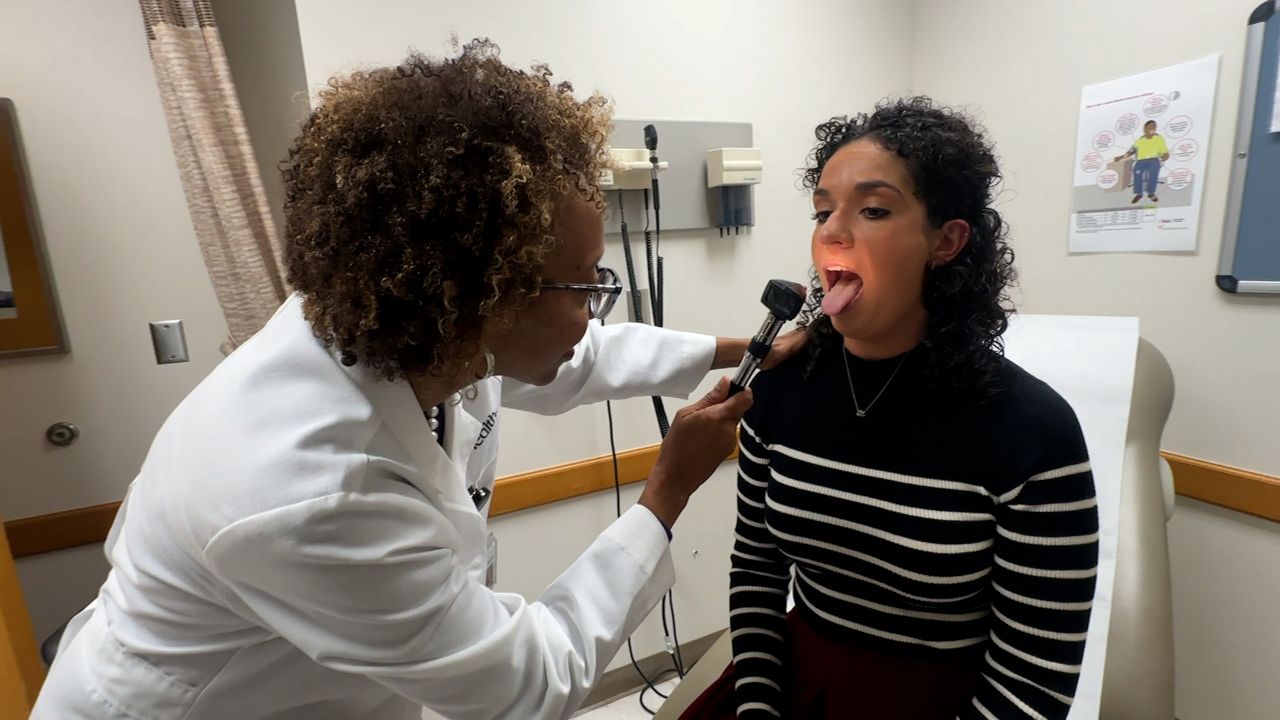Jobs
Report: Dexcom cuts California jobs in manufacturing, R&D shift

Dexcom (Nasdaq:DXCM) is reportedly relocating manufacturing operations amid a shift that eliminates more than 500 positions in San Diego.
The San Diego Tribune reported that the company plans to keep its headquarters in San Diego. However, its decision to move manufacturing to Arizona signals that Dexcom outgrew its facilities in San Diego. The move takes manufacturing to Dexcom’s Mesa, Arizona manufacturing facility.
In total, the shift cuts 536 manufacturing employees from Dexcom’s San Diego operations, according to the report. That equals about 15% of the company’s U.S. manufacturing headcount.
The report also says some workers can apply for manufacturing roles in Arizona with relocation assistance. The move leaves Dexcom with 2,400 employees in San Diego, the San Diego Tribune said.
According to EVP of Global Operations Barry Regan in an interview with the San Diego Tribune, the company plans to shift the San Diego site from manufacturing and R&D to an “innovation center” focused on R&D, adding that capacity ahead of new product launches, including the Stelo over-the-counter CGM.
In Mesa, Regan told the newspaper that the company quadrupled the amount of manufacturing roles in Mesa over the past five years, growing from 500 to 2,000. He told the outlet that the company has the scale and space to invest in Arizona.
Despite the reduction, Dexcom reportedly expects to recoup close to the amount of employees that it cut at its headquarters. Regan told the San Diego Tribune that Dexcom has open positions in San Diego now and expects to add about 400 jobs in the city.
Two buildings that supported manufacturing in San Diego will be converted into lab space over the next couple of years, the report said. Regan told the outlet that the company wants to emphasize R&D in the San Diego area, with the shifrt adding 30% more lab space.
The latest at Dexcom
The move to Mesa follows significant developments at Dexcom, with multiple new product launches in the past couple of years.
CEO Kevin Sayer laid out some of the company’s plans in an interview at last week’s ADA Scientific Sessions.
Stelo became the first CGM to receive over-the-counter clearance from the FDA in March. Dexcom estimates that approximately 25 million people in the U.S. with type 2 diabetes don’t use insulin but could benefit from CGM use. Sayer said Stelo is an option that the company is excited to get to market, and the company is evidently shifting manufacturing focus to ensure that it’s ready to meet demand.
Dexcom also recently launched a new capability: its latest-generation G7 CGM can now connect directly to the Apple Watch in the U.S. The integration could heighten demand for the G7, which hit the market in early 2023.
Additional drivers for increased manufacturing demand could include automated insulin delivery integration. First, Tandem Diabetes Care announced the integration of G7 with its t:slim X2 pump in December. Beta Bionics began rolling out its iLet bionic pancreas with G7 a day later. Tandem later added G7 to its second pump, the small, durable Mobi system, last month.
Finally, just last week, Insulet began the full launch of its latest-generation Omnipod 5 with G7 in the U.S.
Drug Delivery Business News reached out to Dexcom for a comment on the move from San Diego to Arizona. This story may be updated.







